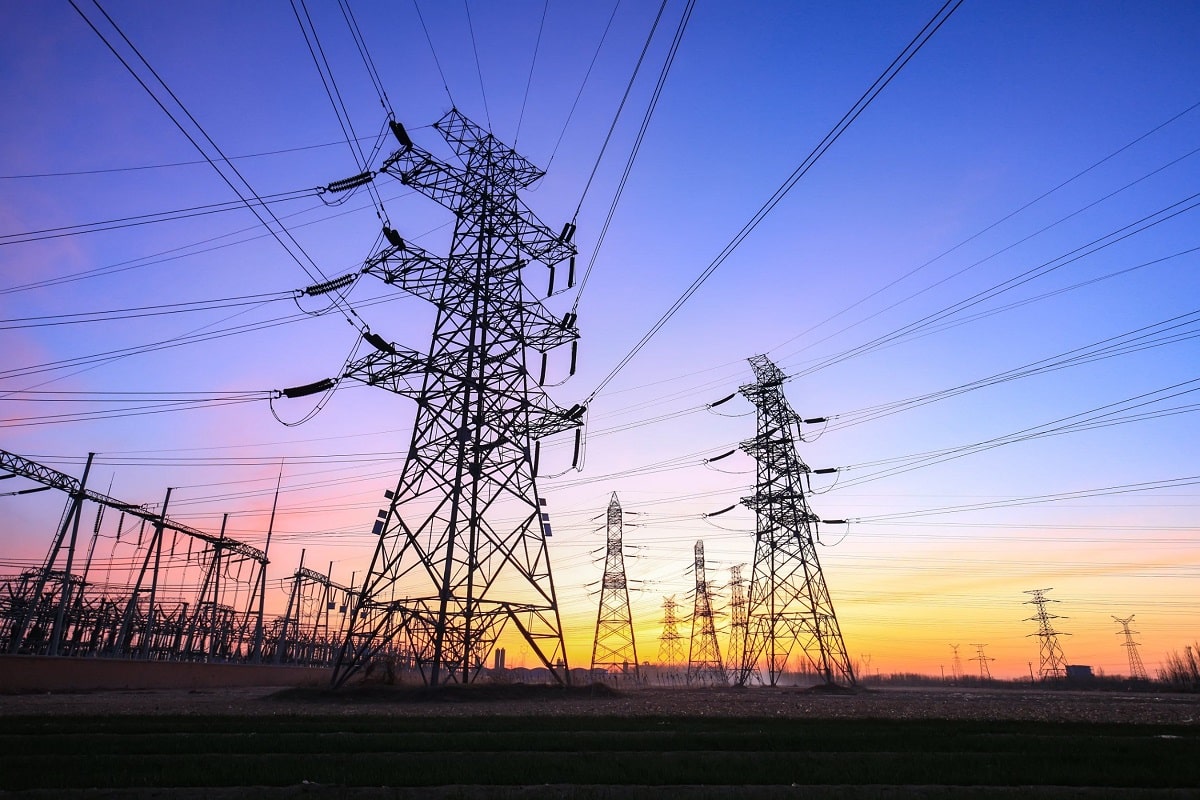The demand for data centers for artificial intelligence exceeds the energy generation capacity. PJM Interconnection, the country’s largest power grid, is struggling, while some states are already talking about leaving the system.
The AI revolution is leaving a trail as electric as it is digital. While millions of users generate images, texts, and videos in real-time with tools like ChatGPT, Midjourney, or Gemini, the energy infrastructure making this possible is beginning to show alarming signs of saturation. In the United States, the PJM Interconnection system, which supplies power to 67 million people across 13 states, has officially acknowledged that it cannot keep pace with AI’s energy growth.
A demand that surpasses the confinement and crypto-mining era
Recent data shows that AI’s energy consumption has already exceeded that of cryptocurrency mining during the 2020 lockdown, when the crypto craze drove up GPU and server demand. Today, with the explosion of foundational models and generative tools, data centers are running at full capacity, generating not just content but also a 20% increase in electric bills in several regions of the country.
This alert is not new. OpenAI, one of the main drivers of the current AI boom, has already warned about the sustainability of the model: training and deploying models like GPT-4 and the upcoming GPT-5 or GPT-Next involve astronomical energy costs. And the situation is beginning to overflow.
Chaos in PJM Interconnection: resignations and threats of energy secession
The severity of the crisis has triggered an internal crisis within PJM Interconnection. The company, which manages one of the world’s largest and most complex electrical networks, faces delays in auctions, paralysis in the application processes for new plants, and a manifest inability to handle the flood of connectivity requests for new data centers.
Pennsylvania’s governor has even threatened to leave the grid. Meanwhile, PJM’s CEO has resigned, along with other top officials, after a year marked by an 800% increase in prices in certain areas. This scenario is straining the infrastructure that is critical for the country’s technological and economic stability.
What’s really happening?
The problem is structural. AI doesn’t wait. While users, developers, and large companies demand more capacity, power plants are not being built at the same pace. It’s not just about constructing new plants: delays in approvals, environmental debates over fossil fuel use, and the need to shift toward cleaner sources like nuclear or renewables complicate the balance between supply and demand even further.
For example, Virginia, which hosts one of the highest densities of data centers globally, is also among the most affected. The irony is clear: the digital economy of the future feeds on a physical network on the verge of collapse.
And now what?
Experts from the energy and digital sectors suggest several simultaneous approaches:
| Solution | Description |
|---|---|
| Investment in infrastructure | Accelerate the construction of new plants (renewable, nuclear, hybrid). |
| Energy efficiency in AI | Design lighter, less energy-intensive models. |
| Sovereign cloud and edge computing | Distribute loads to centers closer to users, reducing overall pressure. |
| Differentiated rates | Penalize unjustified intensive use, prioritize essential services. |
| Public-private partnerships | Coordinate actions between governments and Big Tech for long-term planning. |
A warning for the rest of the world
What’s happening today in the U.S. could be the prelude to a global crisis if AI expansion continues at this rate without proper energy planning. Europe, Asia, and Latin America are already experiencing similar pressures, especially in regions seeking to position themselves as new data hubs.
As analyst Borja Colomer, author of the research published in El Chapuzas Informático, points out, “We are facing a new scenario where every prompt has an invisible but tangible cost: that of an electrical grid that can no longer handle it.”
AI promises to change everything. But if not managed properly, it could take down one of its pillars: energy.
Sources: elchapuzasinformatico and Reuters

